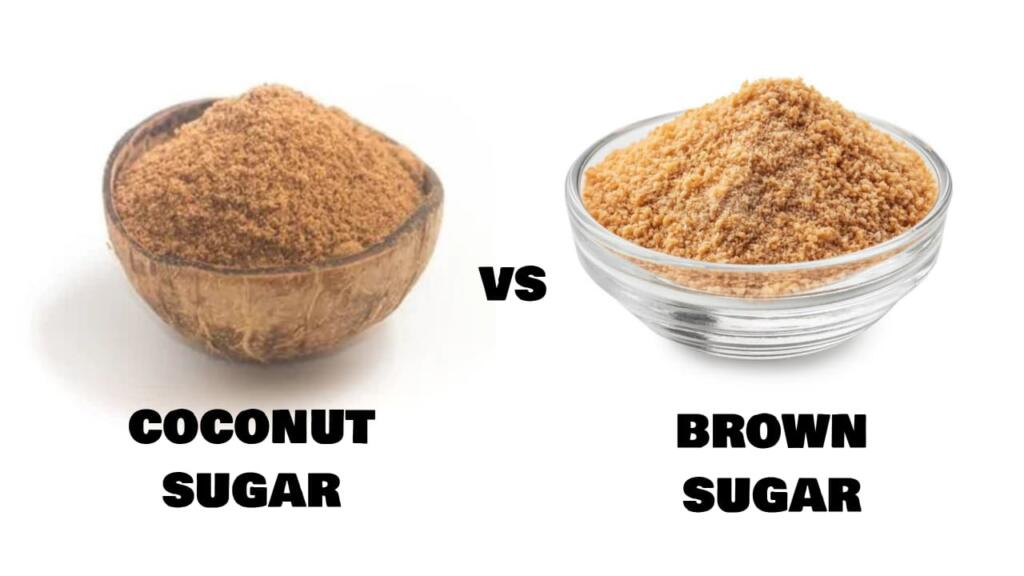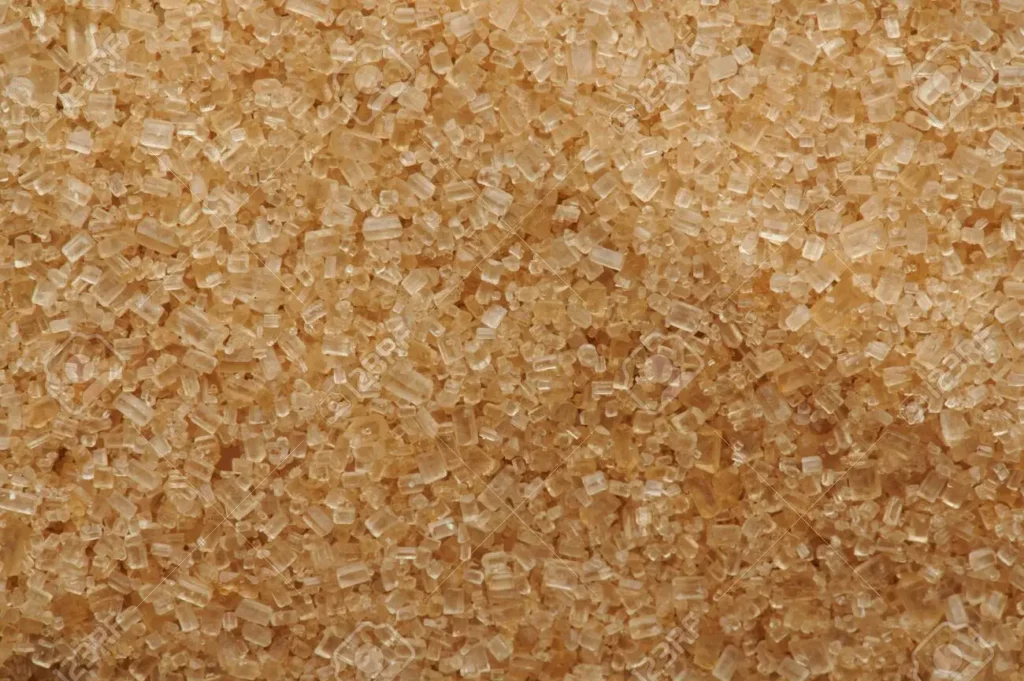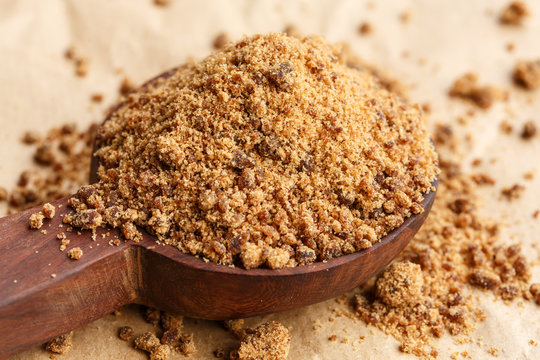Finding the proper sugar with many sweeteners available nowadays might be challenging. However, each variety of sugar has its nutritional worth and quality.
There are many types of sugar available on the market today. Two popular types are coconut sugar and brown sugar.

Coconut and brown sugar are often used in baking and appear similarly. However, you might be unable to tell the difference between coconut and brown sugar if they were placed in front of you in little bowls.
So, how can you tell the difference between brown sugar and coconut sugar?
What is brown sugar?

Brown sugar is made when white sugar is combined with molasses. Molasses is a thick, dark syrup that’s made during the sugar-making process. Brown sugar has a slightly different flavor than white sugar and it also has a slightly different texture. It’s often used in baking because it adds moisture and flavor to cookies, cakes, other desserts, and even brown sugar in coffee.
What is coconut sugar?

Coconut sugar is made from the sap of coconut palm trees. The sap is boiled down to form a syrup, which is then crystallized to form coconut sugar. Coconut sugar contains many of the same nutrients as coconut oil, including potassium, magnesium, and zinc. Coconut sugar has a slightly caramel-like flavor and a lower glycemic index than other sweeteners, such as table sugar and honey.
Production method
Dehydrating the sap contained inside coconut blooms yields coconut sugar. The sap is collected and then boiled at specific temperatures. Boiling should be done at a medium temperature to keep the nutrients intact. Because the method of manufacturing coconut sugar is so simple, it is both environmentally friendly and chemical-free.
Brown sugar, on the other hand, is manufactured by extracting the juice from sugar canes, then boiling and filtering it. This sugar is molasses-infused white sugar. No industrial additives, such as activated carbon or calcium hydroxide, are required in the manufacturing process. That’s how the vitamins and minerals stay intact. As a result, brown sugar is more natural and has a slightly distinct flavor than white sugar.
Flavor
These sugars come from two distinct sources, yet their chemical composition is very similar.
Regarding coconut sugar, it’s vital to remember that it doesn’t taste like coconut but like beets. It is extracted from the coconut tree’s buds, and the sap is processed like that used to convert maple syrup to maple sugar. As a result, it has a flavor akin to brown sugar and light caramel undertones.
Brown sugar is just white sugar granulated with molasses added for color and flavor. Brown sugar has a moister and stickier texture than coconut sugar due to the addition of molasses. It’s primarily manufactured from sugar cane, but sugar beets can also be used.
Nutritional content
Due to its numerous health advantages, coconut sugar is an excellent sweetener substitute. It’s most well-known for having a low glycemic index. Coconut sugar has a GI of 35, which is significantly lower than other sweeteners.
Coconut sugar that is organic and unrefined is preferable since it can help lower the risk of blood sugar spikes.
Brown sugar, unlike other sweeteners, has vitamins and minerals such as iron, phosphorus, magnesium, potassium, and calcium. Additionally, it contains fewer calories than white sugar. Furthermore, brown sugar aids digestion.
Texture
Brown sugar has a lot of moisture and dissolves easily in water because the molasses has a sticky texture similar to sugar grains.
Coconut sugar has more prominent individual granules, which can alter how it dissolves, especially if you’re discussing baking with it. If you need to cream sugar with butter, it’s a good idea first to ground your sugar into tiny bits in a blender.
Coconut sugar dissolves differently than brown sugar, depending on the type, so it’s difficult to say how well they’ll dissolve. Nevertheless, give it a thorough swirl if you use it in coffee or a warm beverage.
Conclusion
Choosing between the two is a matter of personal preference and judgment since each has its qualities and benefits. Always remember that, even though these two sugars provide a range of health advantages, they are still sugar and should be ingested in proportion.
Disclaimer: This post contains affiliate links, which means I may receive a small commission, at no extra cost to you, if you make a purchase using these links. Remember to support us by purchasing through the Amazon/Walmart/Impact Radius links provided. Last update on 2024-04-25 / Affiliate links / Images from Amazon Product Advertising API
Disclosure: No compensation or free products were received in exchange for writing this review.

Editorial Staff
The editorial staff at Crazy Coffee Crave is a team of coffee enthusiasts & Baristas who enjoy the one thing we all think about as soon as we get up in the morning. Trusted by thousands of readers worldwide.





